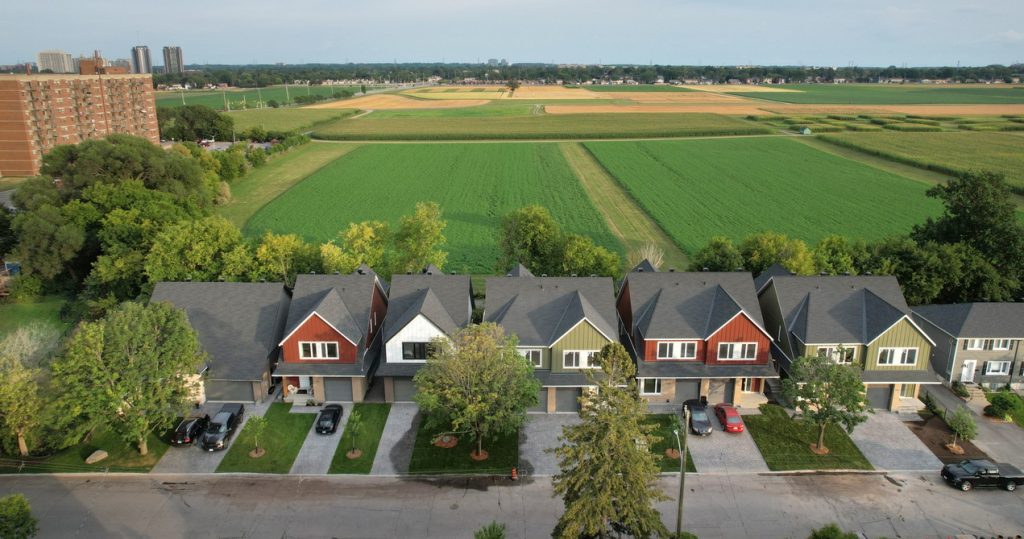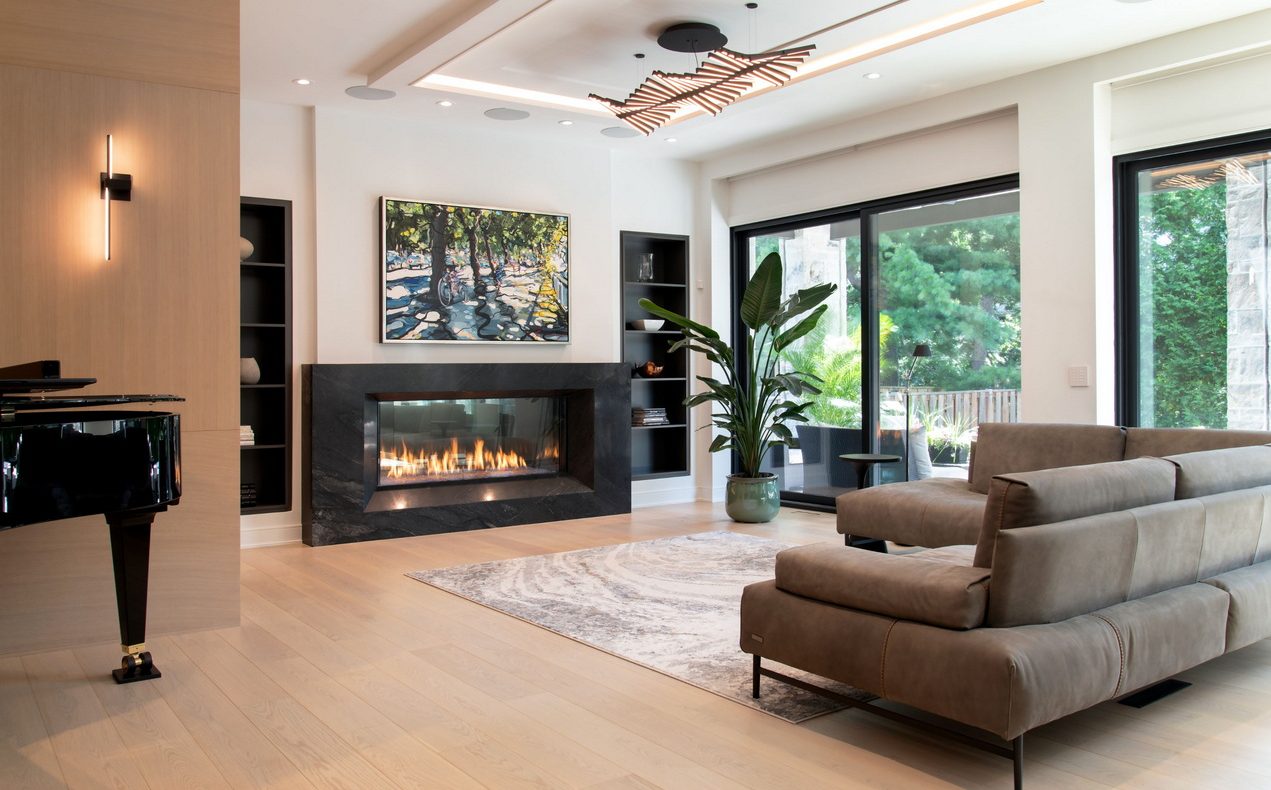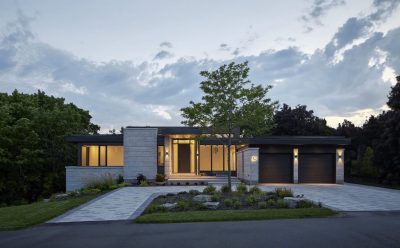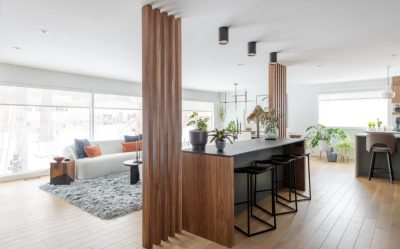Record-breaking heat, wildfires, flooding: the need to rein in, immediately, climate-ravaging greenhouse gases is clear. When it comes to the housing industry, however, that’s easier said than done, according to RND Construction’s Roy Nandram.
“I don’t want to be negative, but the road ahead is rocky,” says the owner of Ottawa’s multi-award-winning green custom home builder and renovation firm whose tagline, “get sustainability with style,” defines its many luxurious projects in Alta Vista, Rothwell Heights, Westboro and other locations around the city.
“We need new technology and subsidies” to meet the country’s ambitious goal of all new homes being net zero ready by 2030, says Nandram. (Net zero ready means they can potentially produce, via the addition of solar panels, for example, as much energy as they consume, or they rely on green energy sources).
Blending elegance and functionality with high energy efficiency sounds like a lot to ask of any builder or renovator. But RND’s almost 100 housing awards at the national, provincial and local level — awards that are typically judged on how they combine design with efficiency — show it can be done.
MORE: RND one of two Ottawa winners at 2024 national awards
“It’s not that difficult when you have the budget,” says RND Construction’s Roy Nandram, whose wins include 11 custom green home builder trophies from the Greater Ottawa Home Builders’ Association (GOHBA). “Everybody wants a nice kitchen and bathrooms, beautiful finishes, so for the sustainable part, we specify what we want to the architect, things like triple-glazed windows. We collaborate with the architect.”
Sustainability rooted in childhood
His dogged commitment to sustainability is rooted in his working-class childhood in Guyana. “When you come from a family of 10 kids, there’s no such thing as waste,” he says. “If you had an empty tin can, you found a use for it.”
Nandram, earnest when discussing his profession but also blessed with a congenial nature, came to Canada in 1976 for post-secondary studies and wound up staying. He acquired building experience with a local firm, was certified by the Canada Green Building Council in 1982, and launched RND Construction in 1990.

He hasn’t looked back, pointing proudly to his status as the city’s leading net zero builder with 24 certified homes to date out of a total of 52 in the city. Those homes include the award-winning Farmside Green, a small development of nine net zero ready homes handsomely designed by Hobin Architecture, built on the edge of the Central Experimental Farm and billed as Ottawa’s first net zero home development project.
MORE: Read about net zero homes
RND Construction’s Roy Nandram spotlights green
Nandram, who has served as the president of GOHBA, knows that a commitment to renovating and building green doesn’t always align with the expectations of homeowners and buyers, who may be more interested in style than sustainability.
“Green building can be the last thing on their minds,” he says, but that doesn’t dissuade him. Instead, he ensures sustainability is built into every project from the outset instead of treating it as an add-on.
For production builders, who build the lion’s share of new housing stock in the city, selling sustainability needs to be an active part of the selling process just as builders currently promote upgraded cabinetry, pot lights and other extras.
“We have to sell a green home (by stressing) that it’s more comfortable and has amazing durability,” Nandram says, adding that greater sustainability is also essential for affordable housing because it means lower energy bills for people who already have limited financial means.

Government needs to do more to help builders reach the 2030 net zero target, he says. With the cost of making a home net zero ready starting around $15,000, homebuilders can’t remain profitable if they have to foot the entire increased expense of more energy-efficient homes. Nor can they just pass it on to would-be buyers, many of whom are already being priced out of the market.
Regulatory and educational changes could go a long way toward reaching net zero, he says.
For example, governments could give new-home buyers an income tax break when they buy a net zero home but continue collecting the HST to help make up the temporary revenue shortfall. “We definitely need government incentives to get people to jump on the bandwagon.”
Educating high school students about energy efficiency would also help, he says. Informed students would influence their parents’ buying decisions and will eventually become more aware homebuyers themselves.
If all this seems like an uphill battle, how does Nandram stay motivated in his green building quest?
“I’m doing a very small but important part because every home reduces greenhouse gases. I could do nothing or do a little bit.
“I feel proud of helping create history in Ottawa. Every time I drive by one of my projects, I feel great, I get goosebumps.”








